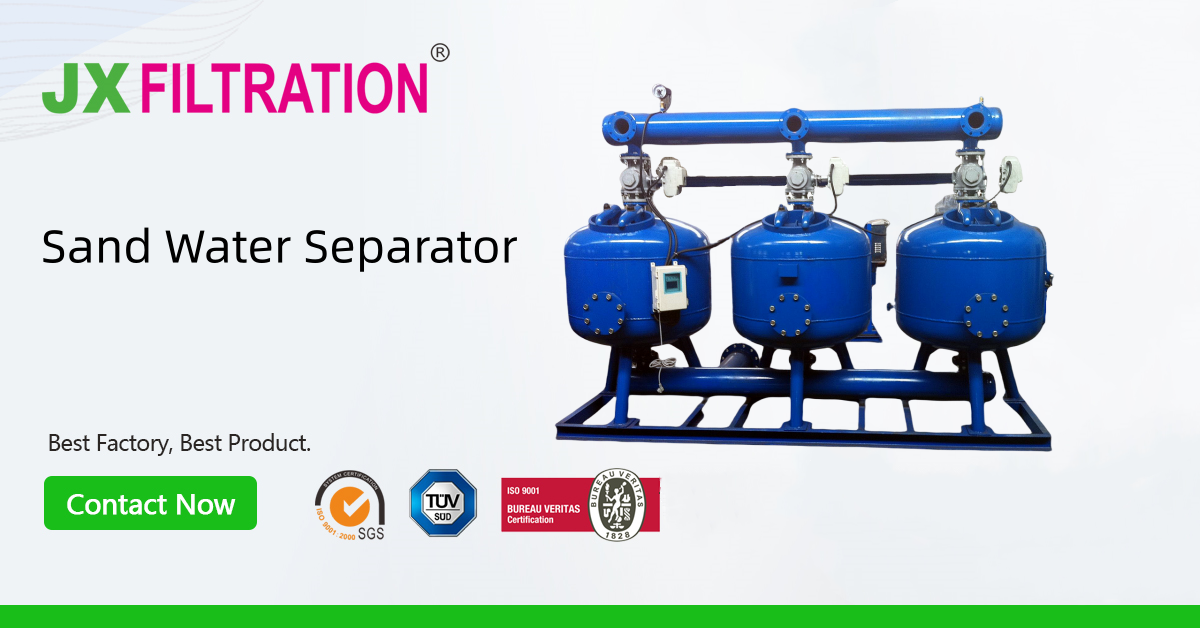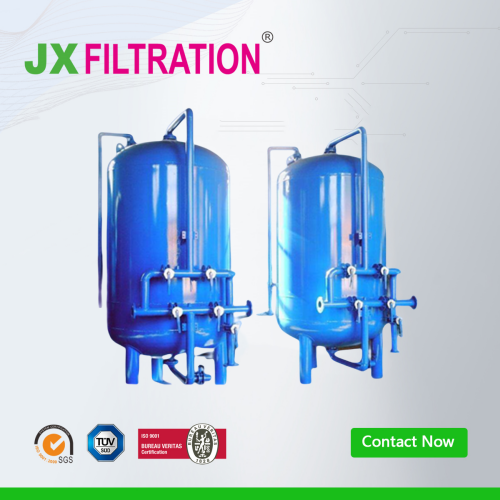Activated Carbon Filter
Porosity of the Filter Layer
The porosity of the filter layer is the percentage of the total volume of the filter layer that is made up of the spaces between the particles. A higher porosity means that the filter layer can retain a larger amount of suspended particles.

Chemical Properties of the Activated Carbon Filter
The filter media should have excellent chemical stability to prevent any dissolution or other chemical changes during the filtration or backwashing process. This ensures that the performance of the filter media remains unchanged and the quality of the filtered water does not deteriorate.
The removal of residual chlorine by activated carbon is not a physical adsorption process but a chemical reaction. As free residual chlorine passes through the activated carbon, a catalytic effect occurs on its surface. The free residual chlorine quickly hydrolyzes, releasing oxygen atoms [O] which react with the carbon atoms to form carbon dioxide. Simultaneously, HClO in the raw water rapidly converts into CO2 gas. The overall reaction is: C + 2Cl2 + 2H2O → HCl + CO2↑. Based on this reaction, the activated carbon in the vessel will gradually decrease depending on the residual chlorine content in the raw water, and should be replenished appropriately each year.
Any Requirements, Contact Us Now!
Kris
Email/Teams: kris@filtrationchina.com
Mobile/Whatsapp/Wechat: +86 18980776200


